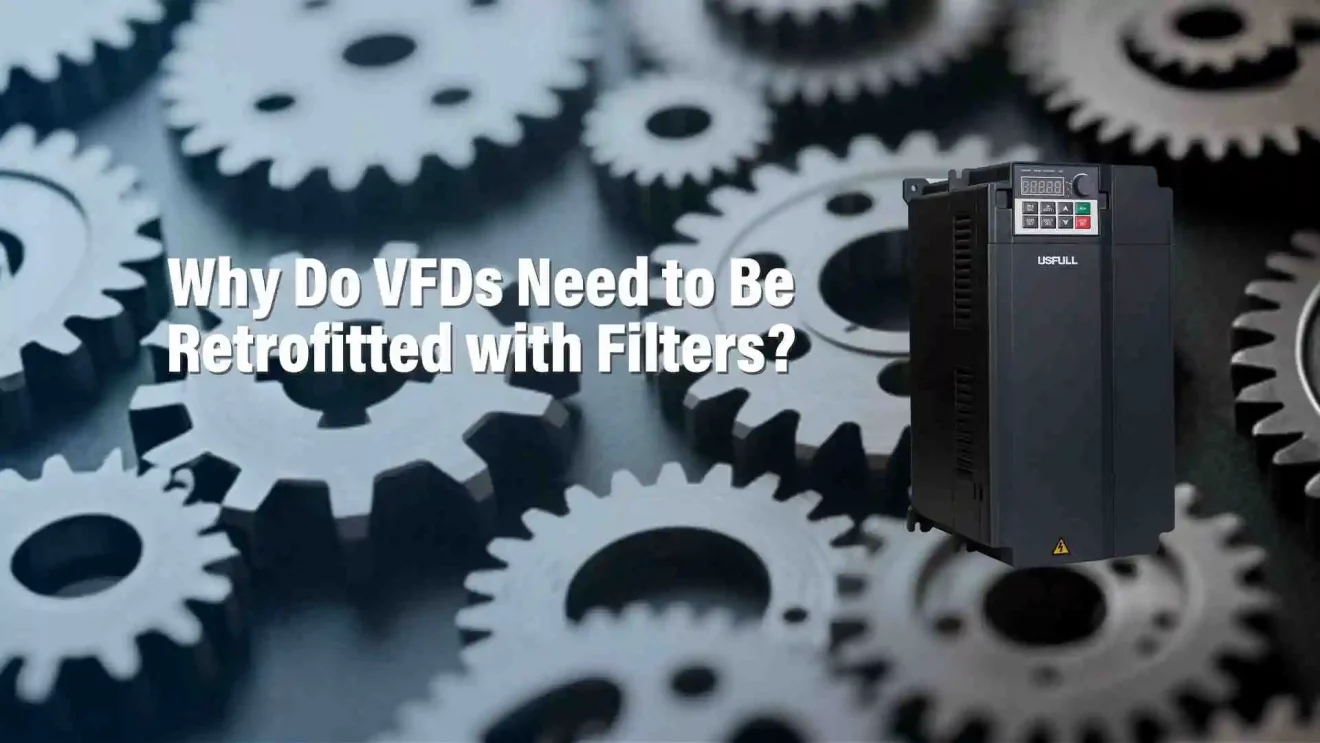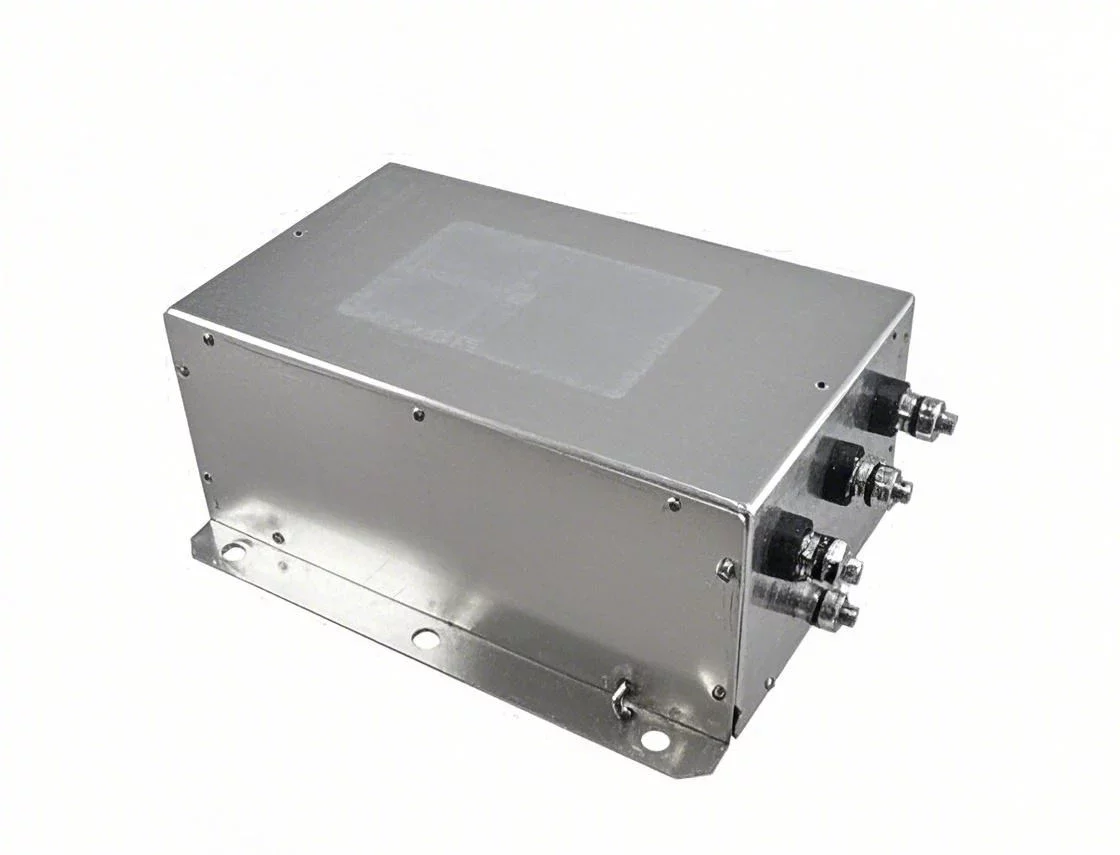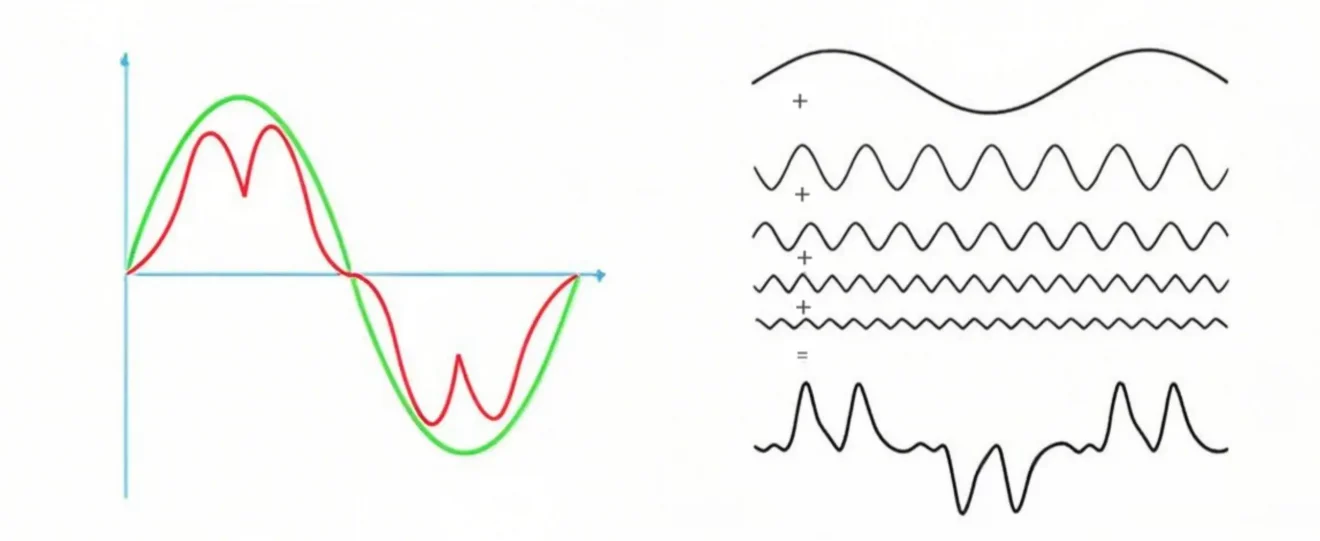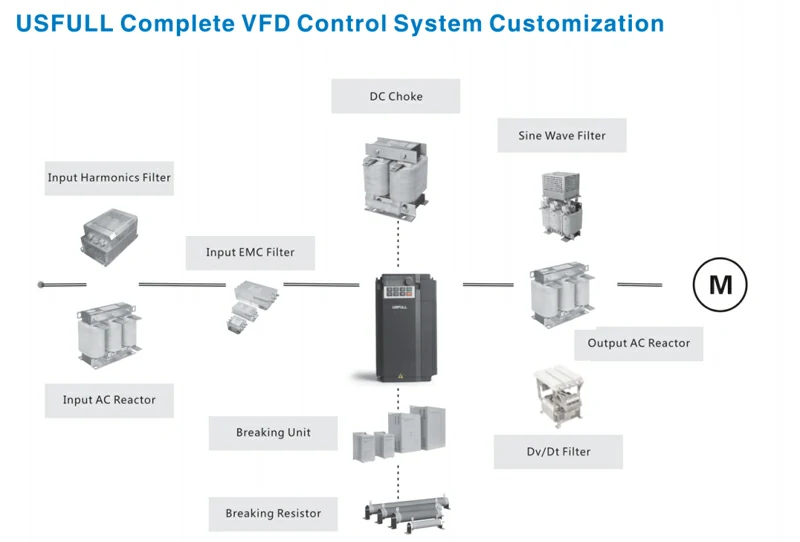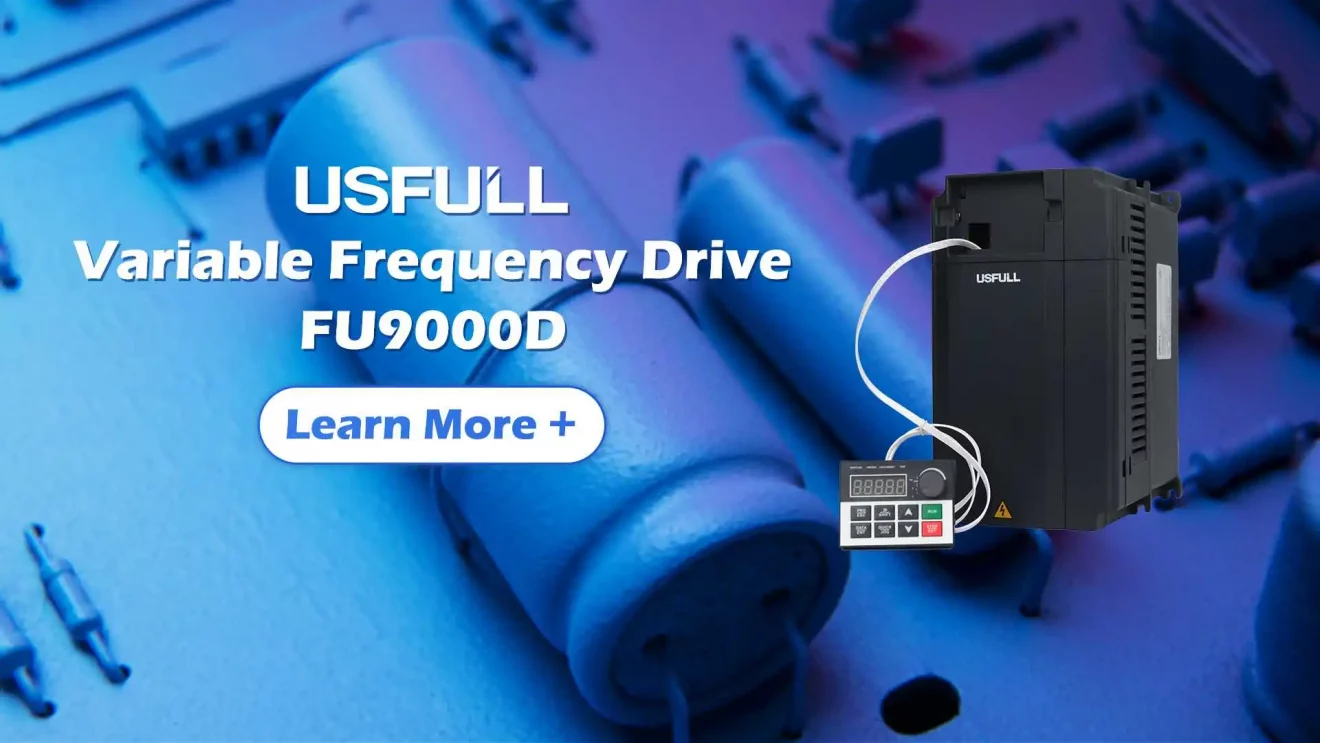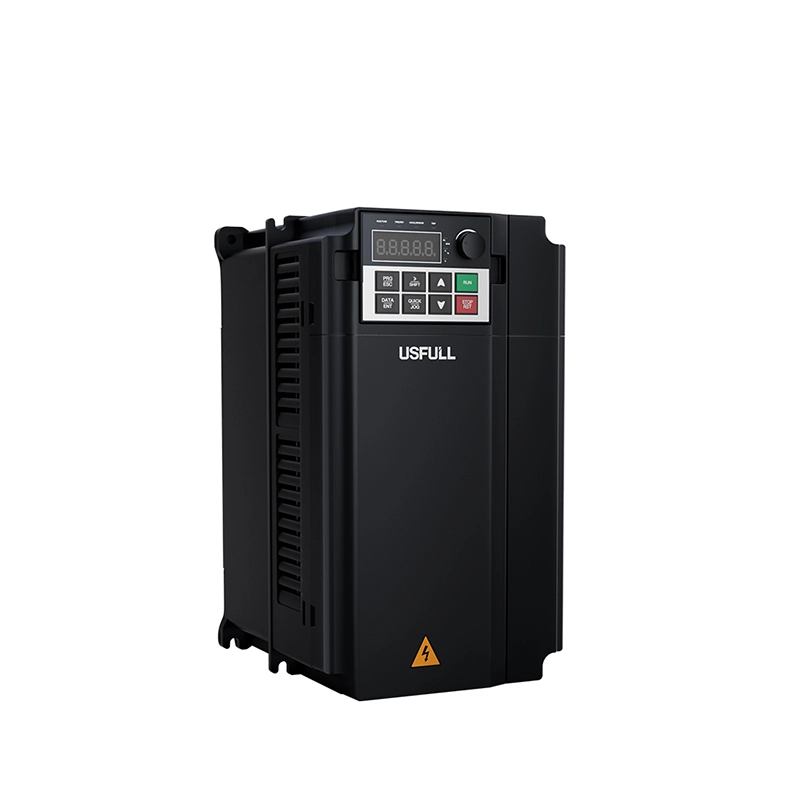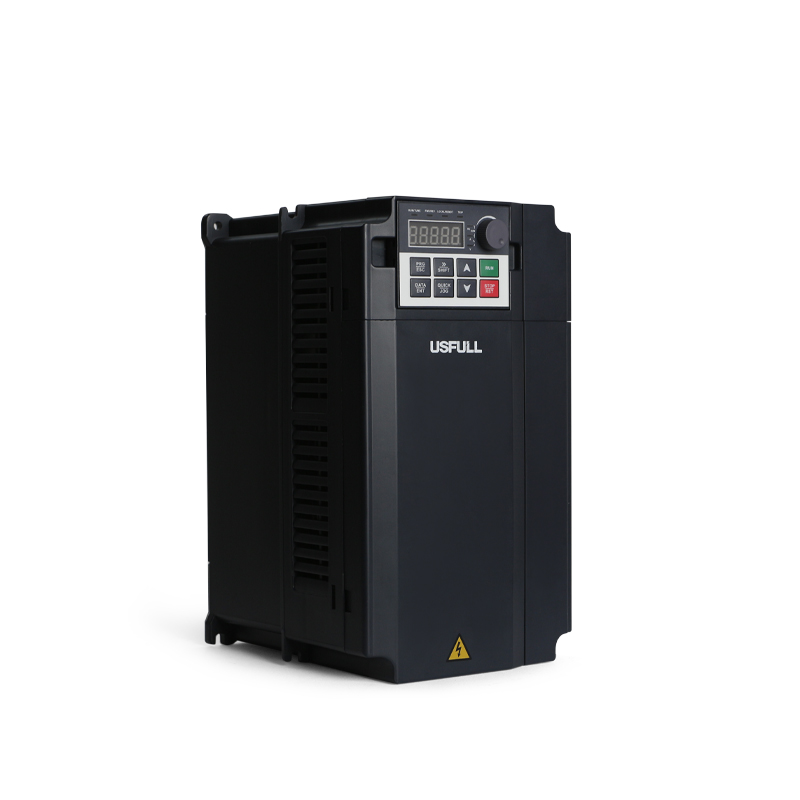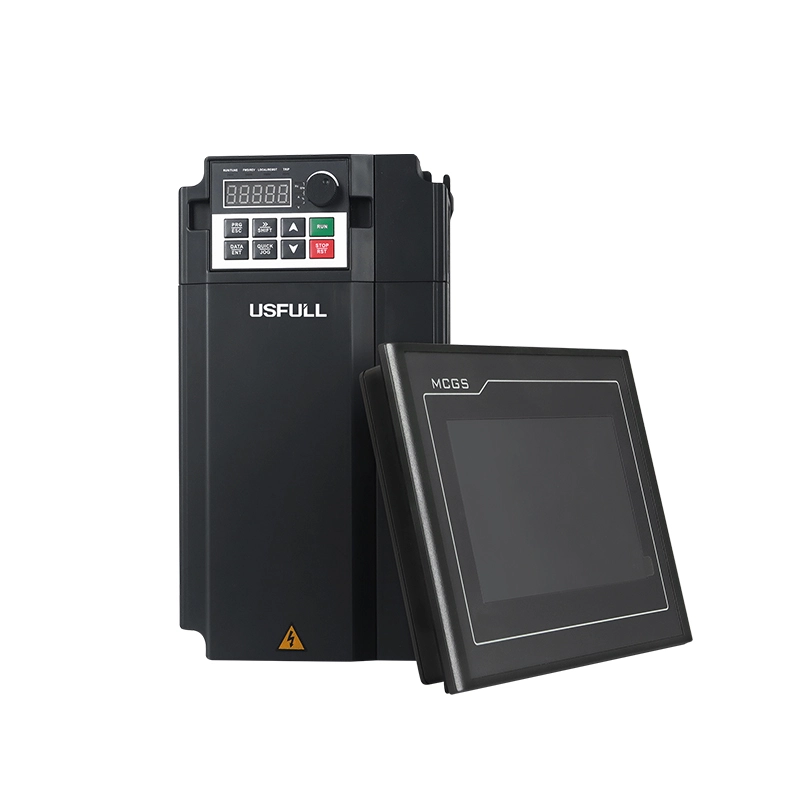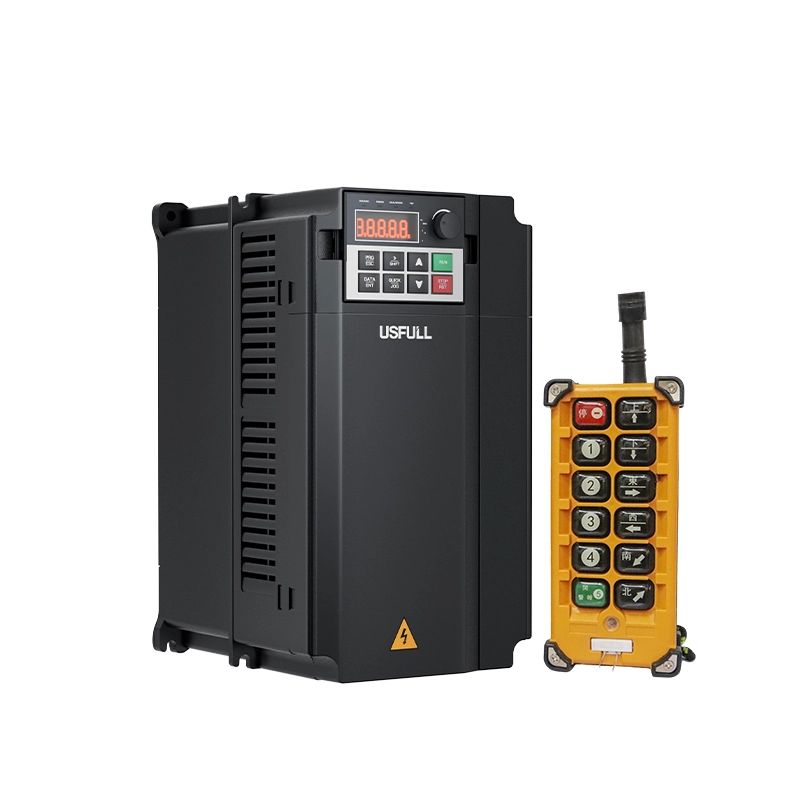Unfiltered VFDs generate harmful harmonics—this leads to motor failures, miscommunication in control systems, and costly downtime. Retrofitting filters is the smart solution.
Retrofitting filters to your variable frequency drive (VFD) reduces harmonics, boosts system reliability, and ensures electromagnetic compatibility with other industrial equipment. It extends equipment life and safeguards productivity.
Keep reading to understand exactly why filters are essential for your VFD-based system and how they protect your investments.
What Is the Role of Filters in a Variable Frequency Drive System?
Filters play a crucial role in maintaining the health of both the VFD and the broader electrical infrastructure. When a Variable Frequency Drive (VFD) or Variable Speed Drive (VSD) operates, it switches power at high frequencies using IGBTs (Insulated Gate Bipolar Transistors). This switching action inherently generates harmonics, which are distortions in the electrical signal that can interfere with other sensitive equipment.
Without filters, these harmonics can flow back to the power grid, disrupt communications, and lead to frequent alarms such as overvoltage, overcurrent, or overload in the drive. Filters—especially input filters—act like a buffer, smoothing out these disturbances and allowing the VFD to function as intended, while complying with EMC (electromagnetic compatibility) standards like IEC 61800-3.
How Do Filters Improve the Efficiency and Power Factor of a VFD?
A variable frequency inverter or VFD without power factor correction can draw non-sinusoidal currents from the grid, causing the system to have a low power factor. This inefficiency translates to higher utility bills and increased burden on power distribution systems.
Adding input filters or passive power factor correction filters not only reduces harmonic distortion but also improves the power factor. Some filters provide reactive power compensation, helping stabilize the voltage and optimize energy usage across your facility. In large-scale industrial applications where dozens of drives operate simultaneously, the energy savings and efficiency boost from properly configured filters can be significant.
Can Filters Extend the Life of Motors and Connected Equipment?
Absolutely. One of the less obvious but highly critical functions of VFD filters is to protect the motor and other downstream equipment. At the output end of a variable frequency drive, fast voltage rise times (dV/dt) and reflected wave phenomena can generate high peak voltages, especially over long cable runs. These peaks stress the insulation of motors, eventually leading to motor winding failures.
Installing output filters, such as dV/dt filters or sine wave filters, mitigates these spikes and produces a near-sinusoidal waveform that is safe for motors. This reduces overheating, eliminates audible noise, and extends the life of both motors and cables—especially critical in VSD applications like water pumps, HVAC systems, or conveyors.
Schematic diagram of harmonics in the grid
Why Are Filters More Common in High-Power Variable Frequency Drives?
In high-power applications (above 75kW), VFDs handle significant loads, meaning any harmonic distortion or voltage spikes they produce are amplified. This makes the presence of filters essential—not optional. Large variable frequency inverter systems are more prone to affecting the grid and can even violate local utility regulations if not properly filtered.
To comply with grid codes and avoid penalties, engineers often include:
Input reactors or input filters to reduce incoming current harmonics and protect against line disturbances.
DC link reactors to smooth out the DC bus voltage between rectifier and inverter sections.
Output filters to minimize high-frequency noise that could affect motor performance.
Smaller drives generate proportionally less harmonic interference and are often used in isolated or less sensitive systems, so for economic reasons, filters may be excluded. However, as systems scale, filtering becomes essential for system integrity and compliance.
What Happens If You Don’t Use Filters in a VFD System?
Neglecting to add filters to your Variable Speed Drive (VSD) or VFD system may seem like a cost-saving decision upfront, but it invites a host of long-term issues:
Increased downtime due to frequent tripping from false alarms.
Shorter motor lifespan from overheating and insulation breakdown.
Noise interference with nearby communication or control equipment.
Poor power quality, leading to penalties from utility providers.
Inefficient energy usage and lower system performance.
Moreover, without filters, your system may fail to meet international EMC compliance requirements, making your facility vulnerable to inspection failures or export limitations in regulated markets.
How Do You Choose the Right Filter for Your VFD?
Selecting the correct filter depends on the application, power rating, and distance between VFD and motor. Here’s a quick guide:
Input Line Filter: For improving EMC and protecting against grid disturbances.
DC Link Reactor: For minimizing ripple current and reducing stress on the DC bus.
Output dV/dt Filter: Ideal for short to medium cable lengths to protect motors.
Sine Wave Filter: Recommended for long cable runs or when using older motors sensitive to voltage spikes.

